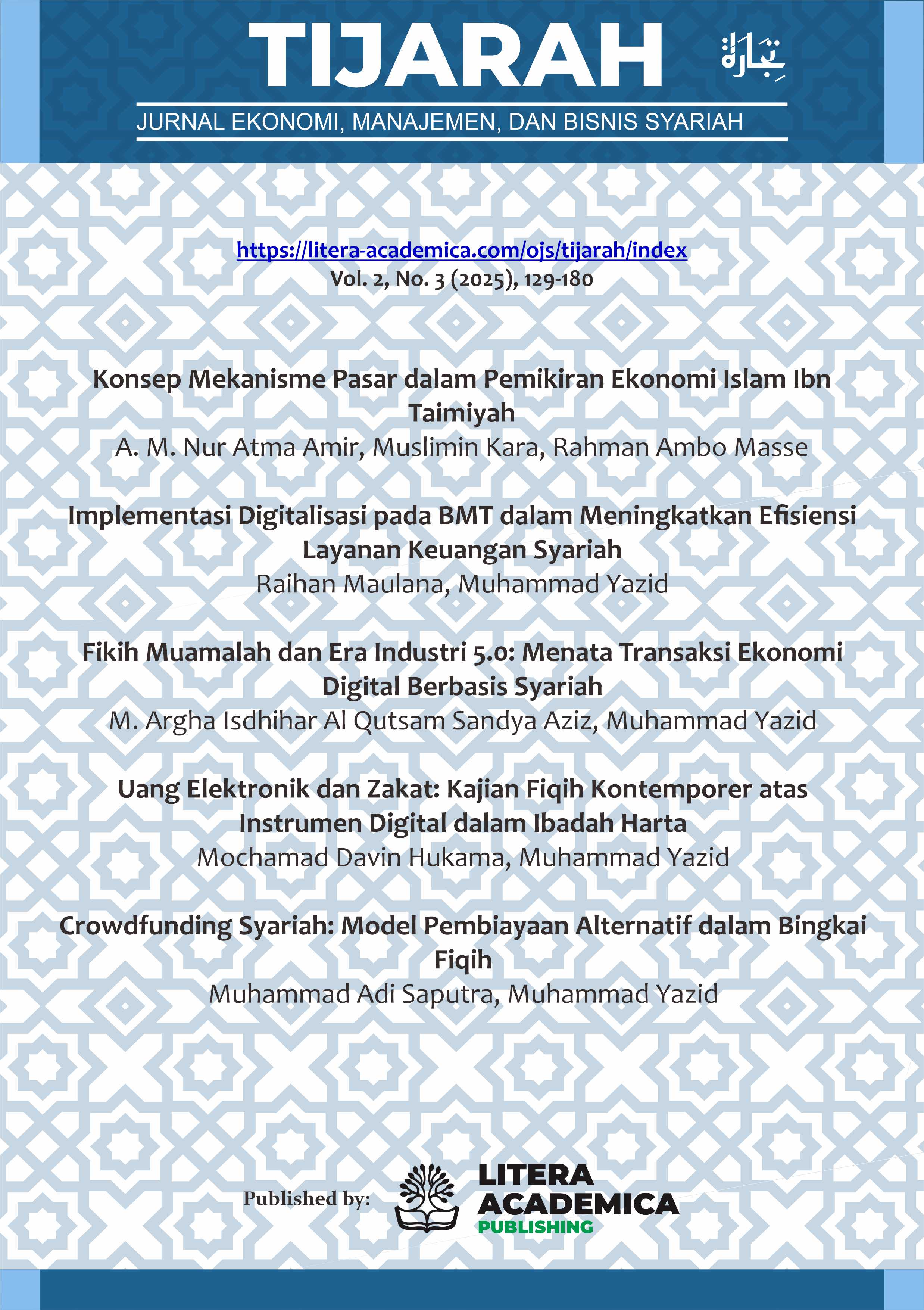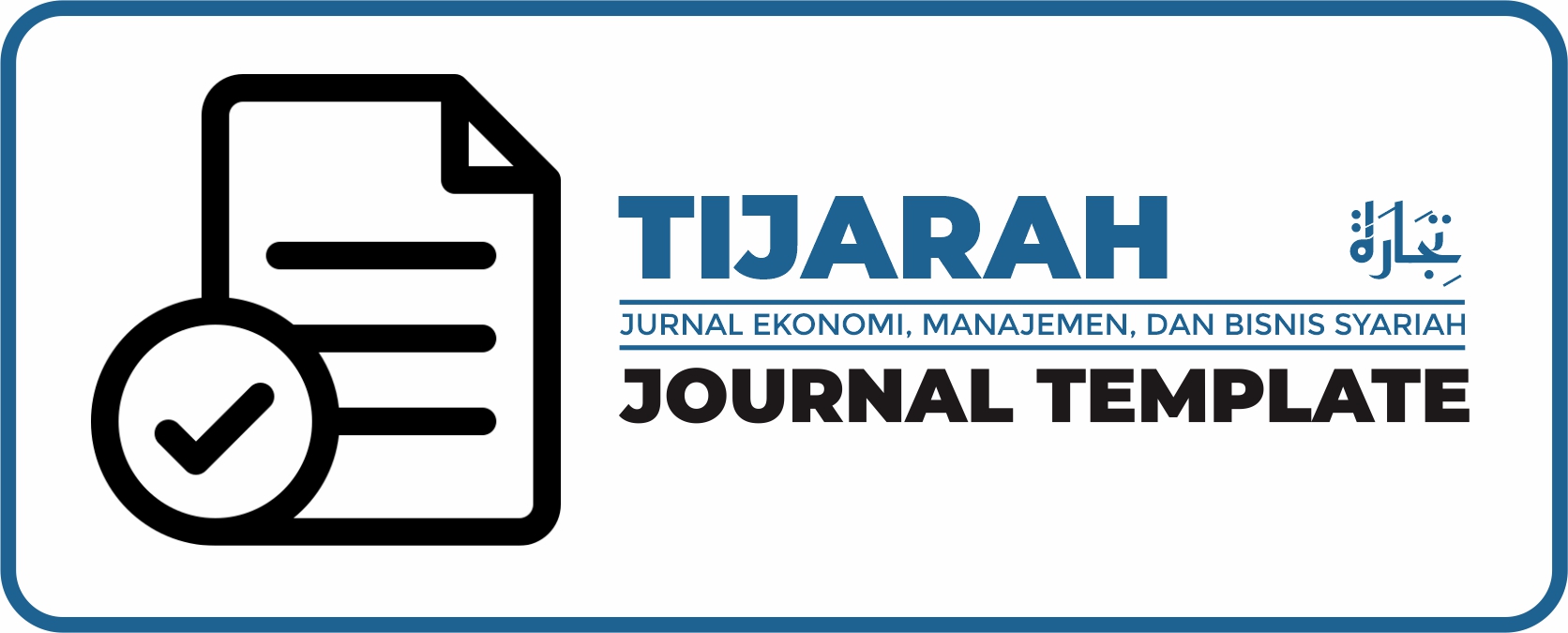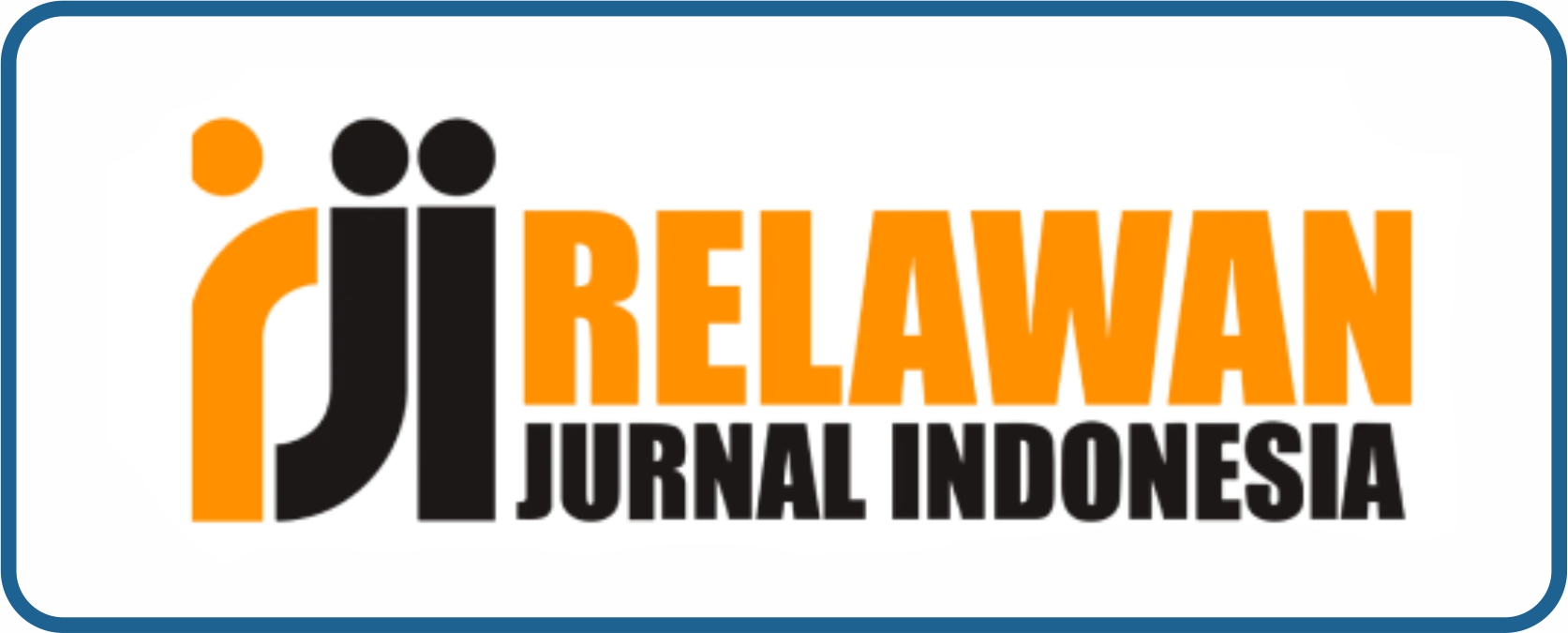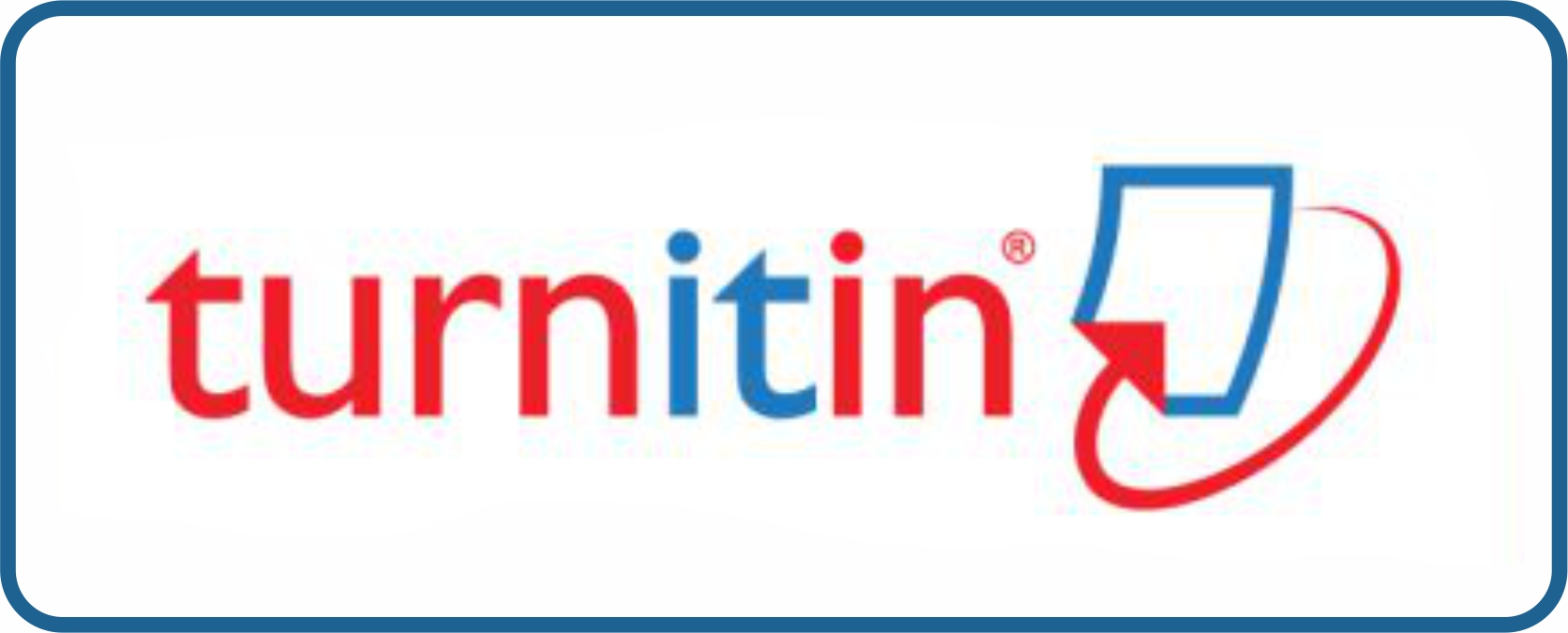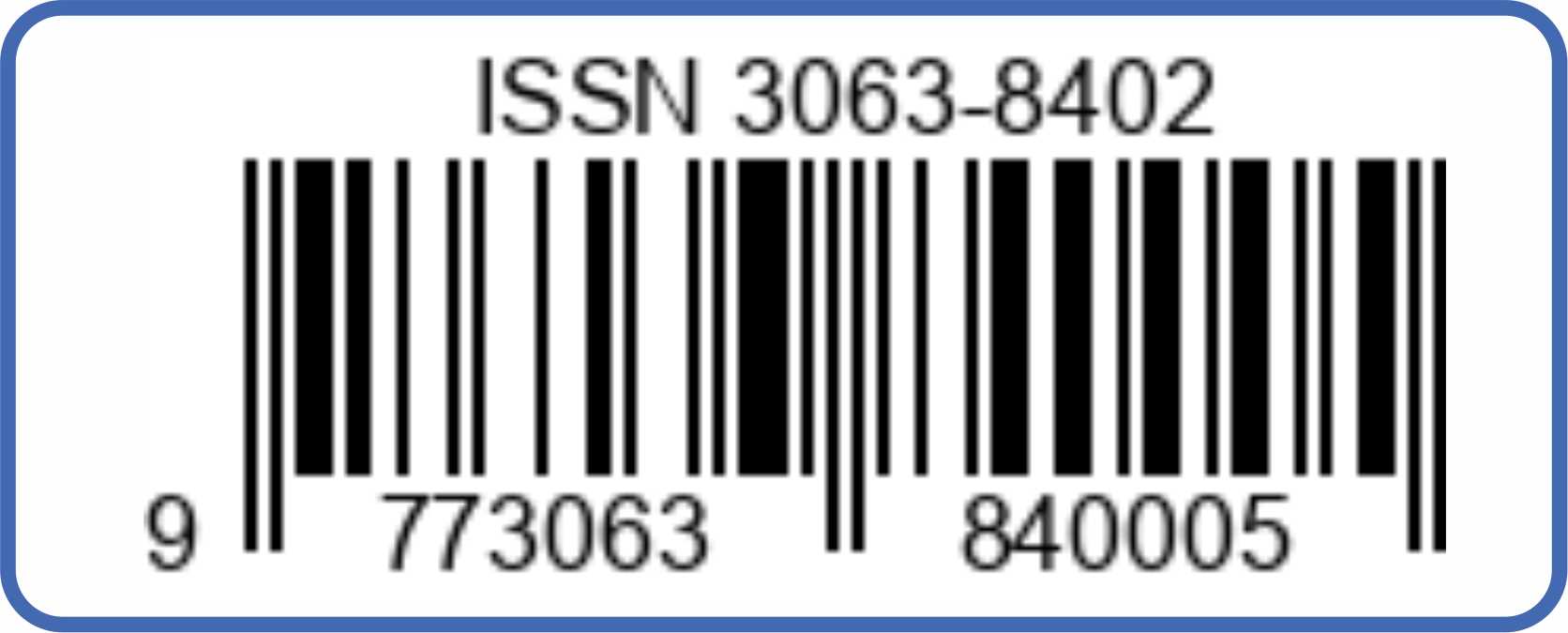Uang Elektronik dan Zakat: Kajian Fiqih Kontemporer atas Instrumen Digital dalam Ibadah Harta
Electronic Money and Zakat: Contemporary Fiqh Study on Digital Instruments in Wealth Worship
Keywords:
Electronic Money, Zakat, Contemporary Fiqh, Digital Finance, Maqashid al-SyariahAbstract
The rapid development of digital finance has led to new fiqh questions, particularly regarding the use of electronic money (e-money) and its relationship with zakat obligations. This study aims to analyze the position of e-money in Islamic jurisprudence and its zakat implications as a contemporary form of wealth. The method used is a qualitative library research approach with normative and maqashid al-sharia analysis. The findings reveal that e-money constitutes valuable property (mal) subject to zakat when it meets the criteria of ownership, nisab, and haul. Digital zakat platforms also contribute to greater accessibility and transparency in zakat collection and distribution.
Downloads
References
Al-Qaradawi, Y. (1999). Fiqh al-Zakah. Beirut, Lebanon: Muassasah ar-Risalah.
Ansori, Aan. “Digitalisasi Ekonomi Syariah.” ISLAMICONOMIC: Jurnal Ekonomi Islam 7, no. 1 (2016). https://journal.islamiconomic.or.id/index.php/ijei/article/view/33/34.
Bank Indonesia. (2020). Peraturan Bank Indonesia tentang Uang Elektronik. Jakarta, Indonesia: Bank Indonesia.
BAZNAS. (2022). Laporan Digitalisasi Zakat Nasional. Jakarta, Indonesia: Badan Amil Zakat Nasional (BAZNAS).
Beik, I S, and L D Arsyianti. “Digital Technology and Its Impact on Islamic Social Finance Literacy.” In Islamic FinTech: Insights and Solutions, 429–45. IPB University (Bogor Agricultural University), Bogor, Indonesia: Springer International Publishing, 2021. https://doi.org/10.1007/978-3-030-45827-0_23.
Dewan Syariah Nasional Majelis Ulama Indonesia (DSN-MUI). (2017). Fatwa No. 116/DSN-MUI/IX/2017 tentang Uang Elektronik Syariah. Jakarta, Indonesia: DSN-MUI.
Golubev, Artem, and Oleg Ryabov. “Transformation of Traditional Financial Companies into FinTech.” In Proceedings of the International Scientific Conference-Digital Transformation on Manufacturing, Infrastructure and Service, 1–7, 2020.
Hassan, M. K., & Lewis, M. K. (2018). Handbook of Islamic Banking. Cheltenham, UK: Edward Elgar Publishing.
Ibrahim, S. H. M., & Ghazali, M. F. (2021). Zakat on e-money: A contemporary fiqh analysis. Journal of Islamic Accounting and Business Research, 12(4), 621–638.
Moleong, Lexi J. Metodologi Penelitian Kualitatif. XVII. Bandung: PT. Remaja Rosdakarya, 2002.
Piliyanti, I, H Latief, and S Anwar. “Technologizing Islamic Philanthropy During The Covid-19 Pandemic in Indonesia.” Journal of Muslim Philanthropy and Civil Society 6, no. 2 (2022): 120–41. https://www.scopus.com/inward/record.uri?eid=2-s2.0-85147011593&partnerID=40&md5=6b2871346c375c045674432e5aa8dd61.
Rahman, A. A., & Hidayat, S. (2020). Digital zakat management: A study on fintech-based zakat collection. International Journal of Zakat, 5(2), 55–70.
Shabrina, G, L A Lestari, B M Iqbal, and D H Syaifullah. “Redesign of User Interface Zakat Mobile Smartphone Application with User Experience Approach.” In IOP Conference Series: Materials Science and Engineering, edited by Ali A.Y., Vol. 505. Department of Industrial Engineering, Universitas Indonesia, Indonesia: Institute of Physics Publishing, 2019. https://doi.org/10.1088/1757-899X/505/1/012088.
Sudiro, Priscilla Irene, and Nadia Asandimitra. “Pengaruh Financial Literacy, Uang Elektronik, Demografi, Gaya Hidup Dan Kontrol Diri Terhadap Perilaku Konsumtif Generasi Milenial Di Kota Surabaya.” Jurnal Ilmu Manajemen 10, no. 1 (2022): 160–72.
Wahbah az-Zuhaili. (2011). Al-Fiqh al-Islami wa Adillatuh (Vol. 4). Damascus, Syria: Dar al-Fikr.
Zainuddin, M. A., & Rini, M. (2019). The role of maqasid al-syariah in the development of Islamic financial technology. Journal of Islamic Economics, Banking and Finance, 15(1), 89–103.
Downloads
Published
How to Cite
Issue
Section
License
Copyright (c) 2025 Mochamad Davin Hukama, Muhammad Yazid

This work is licensed under a Creative Commons Attribution-NonCommercial-ShareAlike 4.0 International License.

